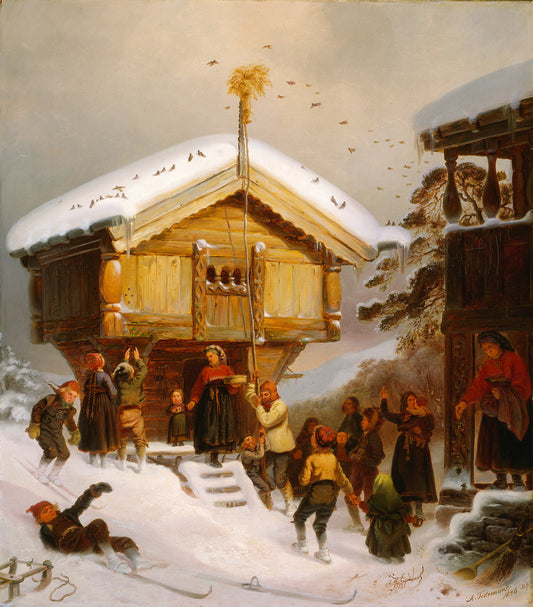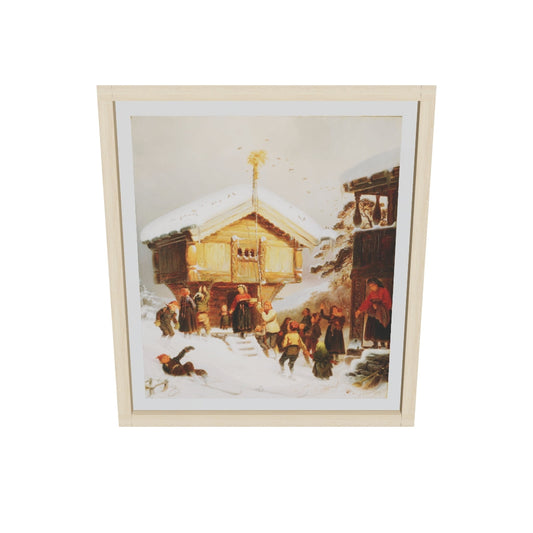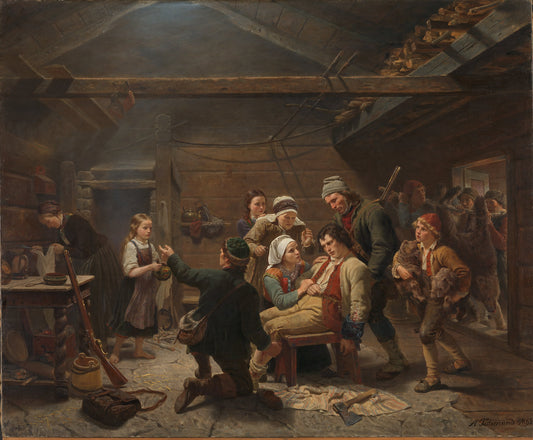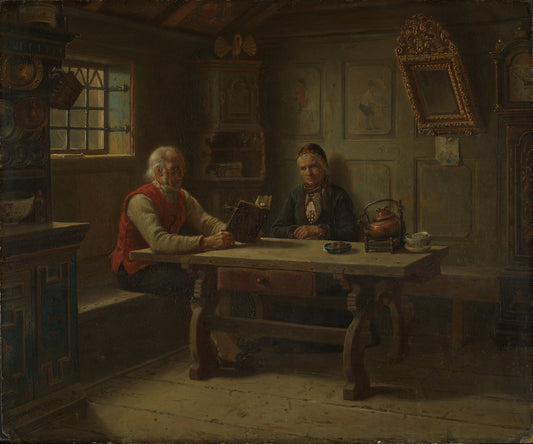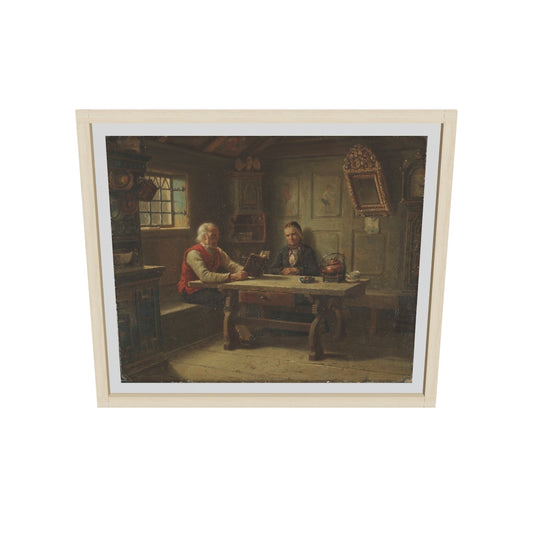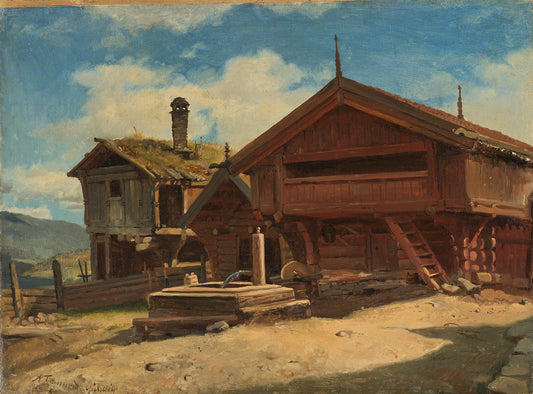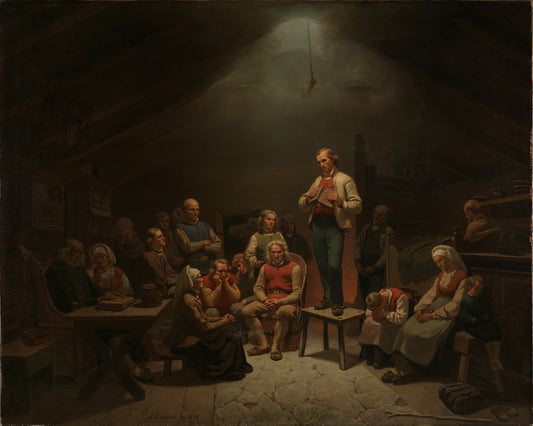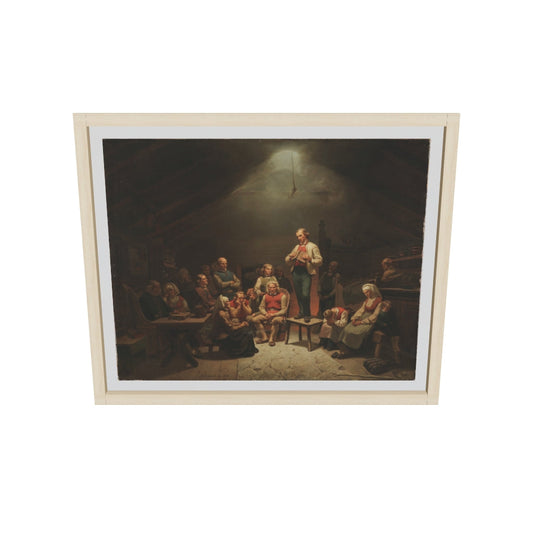Collection: Adolph Tidemand
-
Christmas custom
Vendor:Adolph TidemandRegular price From 150,00 NOKRegular priceUnit price per -
The Bear Hunter's Homecoming
Vendor:Adolph TidemandRegular price From 150,00 NOKRegular priceUnit price per -
House devotion
Vendor:Adolph TidemandRegular price From 150,00 NOKRegular priceUnit price per -
From Gulsvik in Hallingdal
Vendor:Adolph TidemandRegular price From 150,00 NOKRegular priceUnit price per -
The Haugians
Vendor:Adolph TidemandRegular price From 150,00 NOKRegular priceUnit price per -
Service in a Norwegian country church
Vendor:Adolph TidemandRegular price From 150,00 NOKRegular priceUnit price per

